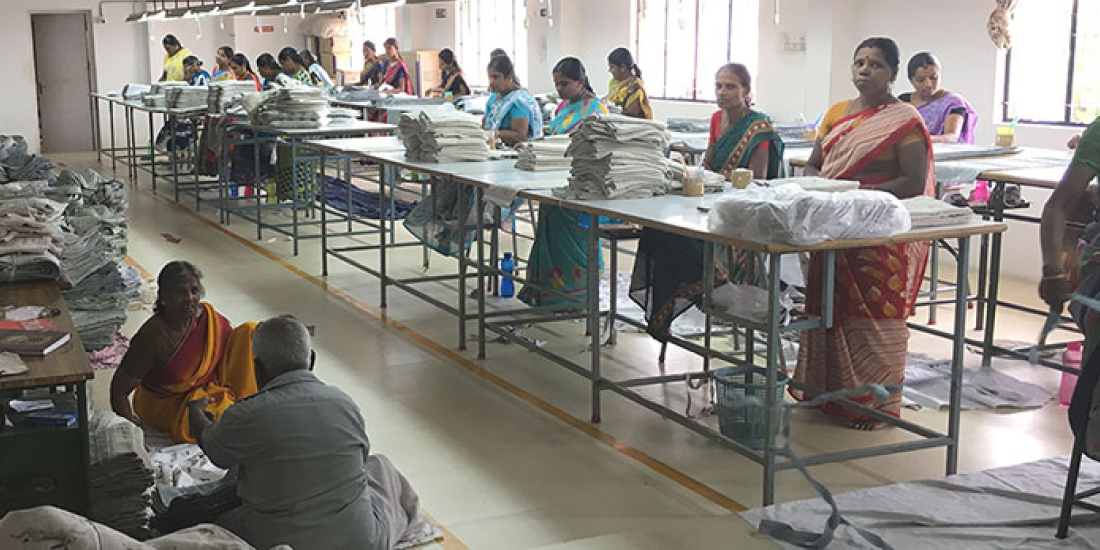REDUCING THE PRODUCTION OF VIRGIN MATERIALS BY ADAPTING TO AVAILABLE COMPONENTS AND EXCESS STOCK
What does this mean?
You know when you find an amazing recipe you can’t wait to try but you simply can’t find mascarpone in the local shop next to the paddy field and there’s definitely no vanilla pod in a 20 mile radius? What do you do? You have to be flexible.
When creating our tote, children’s and wash bags we took a flexible approach to design. With our illustrations complete and print repeats defined, we worked closely with the factory to see which fabrics and they had as stock and excess trims from past productions.

Obviously you stay true to the essence of the recipe and as part of the design process, we had an idea of which colours and fabrics we wanted to use. However, by being open to change we were able to adapt and make use of what was available.

Fabric – the Wild Collection palette of neutral tones is designed to be versatile for you, meaning that it was a great way to join forces with other designers and maximise efficiency of production. Because, let’s face it, who wouldn’t love these colours?


Zips – We got to choose from wide range of unloved zips left by the way side, finally settling for orange. We’re really happy with the final product.

This approach gave these unloved fabrics a second chance and also helped us to reduce not only our waste but that of others. The factory is happy to increase efficiency, so it’s a win win. This is also an advantage of producing in small quantities and being conscious of our impact. All in all, a great tasting dish despite the absence of the mascarpone.
Photos are from the factory we work with in Karur, India. Read more about them here.
Things learnt: Instead of focusing on what you don’t have, focus on what you do.

